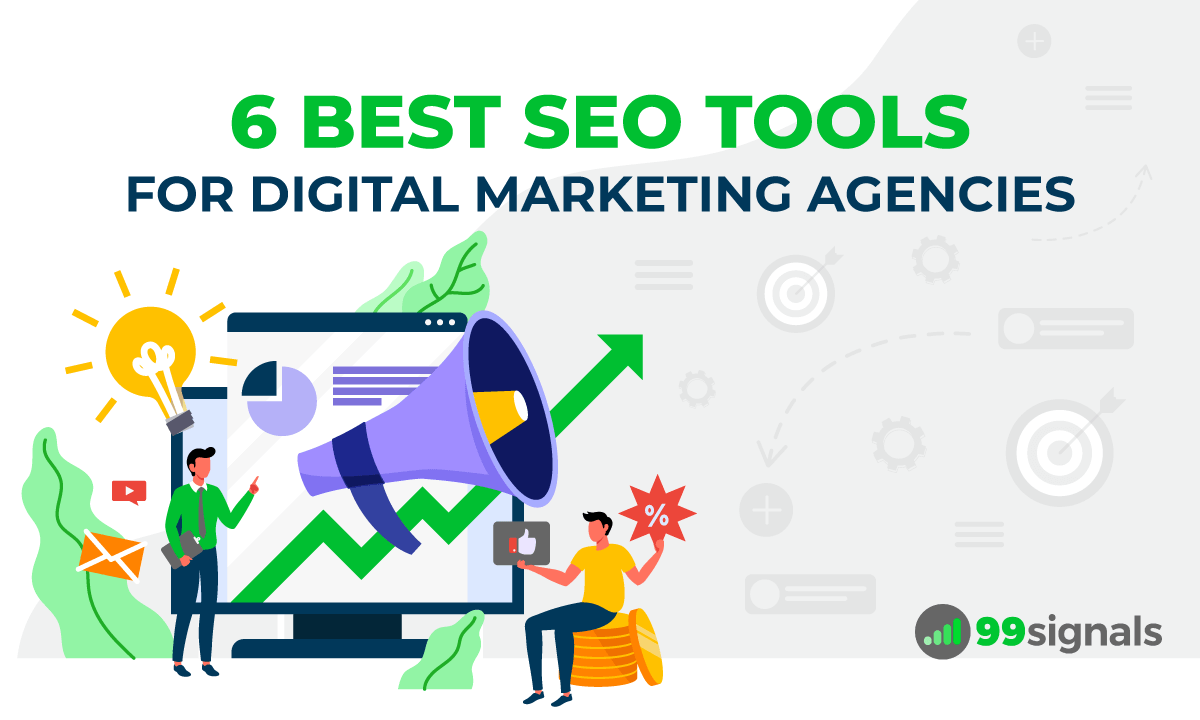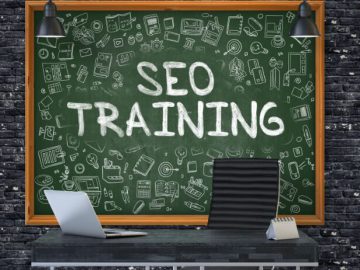Search engine optimization (SEO) is what makes you visible on the web and allows your target audience to find you. Nowadays, it’s a cornerstone for every business’s marketing, not only in the B2C sector but in the B2B sector.
As a business-to-business brand, in particular, you can gain significant benefits from an all-rounded SEO strategy. By letting you boost brand awareness, drive more qualified leads, enhance trust, and increase website traffic, SEO can be a driving force that supercharges your business for success. However, unlike optimization for the business-to-customers sector, it will require a different approach from you.
Understanding B2B SEO Strategy
As you already know, SEO for B2B might be much different than that for B2C. But how specifically do they differ?
Since B2B and B2C segments have different target audiences and, respectively, different buying cycles, your website optimization strategy should have the following distinctive features:
- Target multiple decision-makers from the same company. In practice, this means the necessity to answer frequently asked questions about your product/service from different stakeholders’ points of view.
- Lower-volume keywords. B2B clients are searching for more specific queries, which makes it hard to find high-volume keywords for your strategy.
- Less organic traffic and conversions. When selling to other businesses, you’ll always have more decision-makers involved, which could mean slower and generally less extensive conversions.
- Trust and leadership. While trust matters for business-to-customer optimization, it plays an even more significant role for B2B, hence, the primary focus of your optimization should always be on authority building.
The Latest Trends in B2B SEO
Even when you know the key distinctive features of optimizing your site for capturing B2B traffic, SEO can still feel challenging and complicated. Luckily, advanced B2B SEO solutions can help you get on the right track and dominate search engine result pages (SERPs).
Here’s a checklist of software and tools you should have on your tech stack before implementing your strategy:
These and other specialized tools can help you find keywords with a high ranking potential, assess the effectiveness of your content, measure the traffic your website drives, and handle other website optimization tasks faster and easier.
Now, the main question is, how do you develop a B2B SEO strategy in the first place?
SEO Best Practices: 7 Tips for Ranking High and Driving B2B Traffic
1. Implementing Thorough Audit
Whether you’re just getting started with search engine optimization or want to level up your efforts, running a detailed audit is a great starting point. Pick an auditing tool that suits your needs and perform scanning of your website to detect:
- Technical errors and performance downs.
- On-page issues.
- Problems with your backlinks.
- Gaps in your content.
Detecting these problems should help you understand the current state of your site and find specific areas for improvement to focus on with your SEO strategy.
2. Defining Your Target Audience
In B2C, knowing your target audience isn’t too hard – it’s your potential customers who have the potential to buy from you. In the business-to-business world, it gets a little more complicated.
For your B2B SEO strategy, apart from defining the specific niches where your product/service might be in demand, you also need to detect WHO inside those companies decide about buying from you. It could be CEOs, product managers, CFOs, or other stakeholders. To identify your ideal decision-maker persona, use these tips:
- Define what problem you’re solving.
- Understand which department/team benefits from your solution most.
- Look at your current customers and identify their common attributes.
- Use the knowledge you have gained to outline your perfect contact personas.


3. Addressing Audience Challenges
Once you know who you want to speak to with your SEO efforts, you need to define what you should tell them to drive their attention. Simply put, you must understand the challenges and pain points they have.
This process is individual and requires in-depth analysis of your target audience and the solution you provide – they should perfectly align in order to address your audience’s pain points.
For example, you’re offering task management software. In this case, your target decision makers will possibly include team managers, whose primary pain points are a lack of productivity inside their teams, communication challenges, and, let’s say, lengthy task completion times. Your software has the potential to address these challenges, and that’s what you must emphasize in your optimization strategy.
4. Conducting Competitive Analysis
Although the previous three steps should already give you a good idea of which areas your optimization tactic must focus on, conducting competitive analysis never hurts, especially in B2B SEO.
Analyzing your direct competitors can help you see which companies and decision-makers they target, which keywords they use, what kind of content they provide, and gain insights into other aspects of their strategies. This should help you determine effective approaches for your own SEO strategy, detect gaps, and learn about some mistakes that should be avoided.
5. Navigating B2B Keyword Research
Once you have everything to shape your strategy, keyword research is the final stage before you can move on to crafting content and optimizing your site.
As you already know, B2B SEO keywords are different from B2C ones. So how do you find them? Here’s a brief guide:
- Make a list of seed keywords that align with your niche.
- Narrow down and specify your general keywords to match the specs of your business and your target audience’s interests.
- Detect which B2B SEO keywords your competitors use.
- Group keywords by intent and meaning and assign them to the top, middle, and bottom of your sales funnel.
6. On-Page Optimization and Winning Content Tips
Once you know everything about your audience and have target keywords, you need to optimize your pages. Here are some of the best SEO tips for on-page optimization:
- Find opportunities for optimizing existing site content by integrating target, intent-relevant keywords. Ensure there is no duplicate content and that you keep your copy up-to-date and valuable.
- Include engaging and appealing visuals to grasp visitors’ attention. Add keywords into the file names of your visuals and their alt texts. Also, optimize the sizes of media files for optimal loading speed.
- Include internal links to navigate the visitors through your site and, thus, increase the time they spend on your pages.
- Be sure to use different levels of header tags, including H1, H2, H3, and so on, to add structure and clarity to your content and help search engine bots crawl your pages better. Integrate target keywords into headers.
- Write click-worthy meta titles and descriptions using your primary target keywords. Make them descriptive, clear, engaging, and actionable. Be sure to keep their sizes concise – under 55-60 characters with spaces for titles and up to 150-165 characters for descriptions.
As for new content, you have to develop a solid content strategy that aims to match your audience’s needs and convert them. Here are a few tips to use:
- Write for quality, not quantity.
- Integrate keywords carefully, avoiding sounding spammy or having awkward formulations that give out that you’re writing for search engines.
- Establish brand positioning by emphasizing your unique value personality.
- Bring added value by integrating unique data and findings into your copy. This should also help you earn backlinks.
- Publish new content regularly and promote it.
7. Result Tracking and Improvement
After implementing advanced SEO techniques, you need to set up continuous result monitoring and improvement to ensure long-term success. Some questions you may want to answer with the help of analytics include:
- What is SEO traffic volume that your pages drive?
- How many people click on your link in SERPs?
- How much time do visitors spend engaging with your content?
- And so on.
To answer these and other questions and use this knowledge to improve your tactics, you need to leverage the best SEO software like Google Search Console, Google Analytics, and others. Then, determine the metrics that will help you assess the effectiveness of your efforts, start measuring them using the chosen tool, and make strategic improvements in your approach.
Conclusion
Undoubtedly, B2B SEO can make your business thrive and outshine the competition. When handled right, your SEO strategy can help you grow brand awareness and authoritativeness, leading to more leads arriving at your site and, hopefully, more conversions.
While the importance of optimization is undeniable, the specs of optimizing for B2B can be somewhat confusing, especially when you’re just getting started with search engine optimization. But not anymore! After reading this guide, you should have a clear idea of how to develop and implement a winning B2B SEO strategy. Use this knowledge to achieve your business goals!




